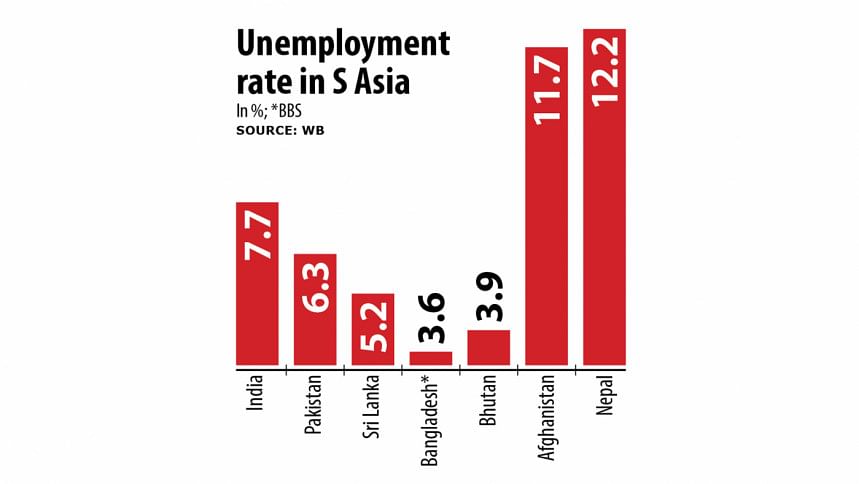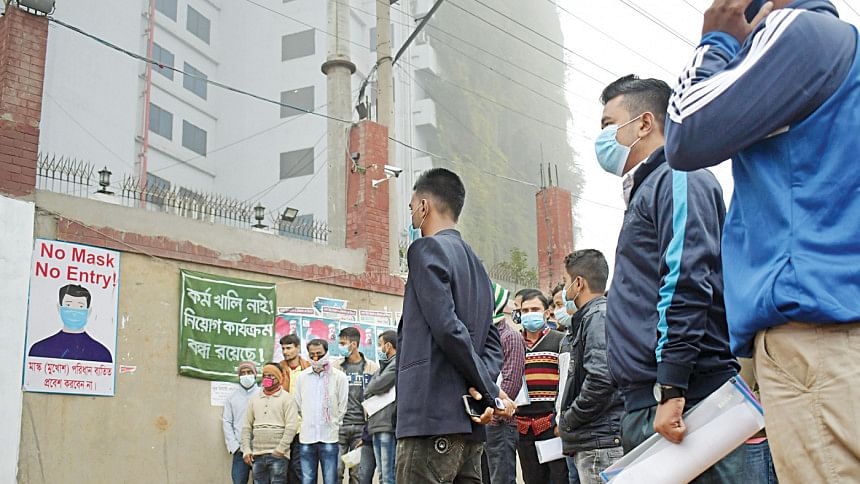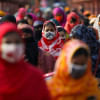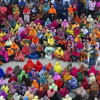Unemployment rate keeps raising eyebrows

Masudur Rahman completed his post-graduation in economics from Sirajganj Government College last year.
He is still looking for jobs to support the income of his six-member family. He is currently managing his expenses based on the income he generated by offering private tuition.
Rahman considers himself "unemployed". But, according to the definition of the Labour Force Survey (LFS) 2022 of the Bangladesh Bureau of Statistics (BBS), he is not unemployed. Rather, he is employed.
According to the definition, a person is to be considered unemployed if he or she did not work at all during the previous week (not even for an hour) or was temporarily absent from work.
And, the BBS says, a person is termed as unemployed if he or she is currently available to take up employment or the person seeks jobs or seeks to set up a business or agricultural undertaking in the previous four weeks.
The employment includes part-time, informal, temporary, seasonal or casual jobs within the national territory or abroad.

Aziza Rahman, project director of the LFS survey, said the BBS conducted the survey in line with the International Labour Organisation's (ILO) definition.
On this basis, the BBS last week released its LFS-2022, which shows that the unemployment rate in Bangladesh is 3.6 per cent, the lowest in South Asia.
World Bank data showed that the highest unemployment rate in South Asia prevails in Nepal at12.2 per cent. It is 11.7 per cent in Afghanistan, 7.7 per cent in India, and 6.3 per cent in Pakistan.
Bangladesh's unemployment rate was 4.2 per cent in 2016-17 when the previous LFS was published.
Thanks to the latest unemployment rate, Bangladesh's unemployed population stands at 26.3 lakh, down from 27 lakh five years ago.
"This unemployment definition does not serve any purpose for the country since it does not reflect the reality," said Ahsan H Mansur, executive director of the Policy Research Institute of Bangladesh.
"The rural poor can't remain unemployed and they have to do something like working in land and working as a rickshaw-puller or as a hawker. These are not quality jobs. They are just doing these to get by."
The economist terms the reduction in unemployment as per definition of the BBS as valueless.
"Most of our employment is underemployment. They are not unemployed but they are working in order to survive. They are seriously under-employed."
Mansur recommended Bangladesh find out the figure of the educated unemployed in its context. The unemployed people should be categorised as per their educational qualifications.
"If it is done then we will find that the unemployment rate is 24-25 per cent in Bangladesh."
Speaking about ILO's definition, Mansur said: "It is the global practice. But it is not beneficial for us since it applies to the industrialised or developed countries."
The unemployment data raised eyebrows particularly because the national statistical agency carried out the survey throughout 2022, a year when the economy was yet to recover fully from the devastating coronavirus pandemic and came under fresh pressure owing to the Russia-Ukraine war. Both have hurt the economy and businesses hard, thus the employment sector.
Although the impacts of the pandemic have petered out, there has been no sign of the war disappearing anytime soon.
Sayema Haque Bidisha, a professor of the economics department at the University of Dhaka, also says the official unemployment rate does not portray the real picture.
"We can produce the unemployment data in line with the definition of the ILO so that it remains in line with those in other countries."
Prof Bidisha, however, recommended the government not to rely on the ILO definition alone when it comes to policy-making. "Our circumstances should be taken into account."
She suggested including the underemployment in the calculation of the unemployment to get the real picture.
Prof Selim Raihan, executive director of the South Asian Network on Economic Modeling, says there is a lot of debate about the definition of the ILO and it will not disappear soon.
He said the number of under-employed people was cited to be one crore in the 2016-17 report. So, he requested the BBS do the same.
Md Matiur Rahman, director-general of the BBS, says it can't set a local definition suddenly since it has been going on for a long time. "Our data is being used globally."
He said the LFS questionnaires were designed by a group of experts of the country almost two years ago.
"The under-employment data will be included in the final report," he added.

 For all latest news, follow The Daily Star's Google News channel.
For all latest news, follow The Daily Star's Google News channel. 








Comments